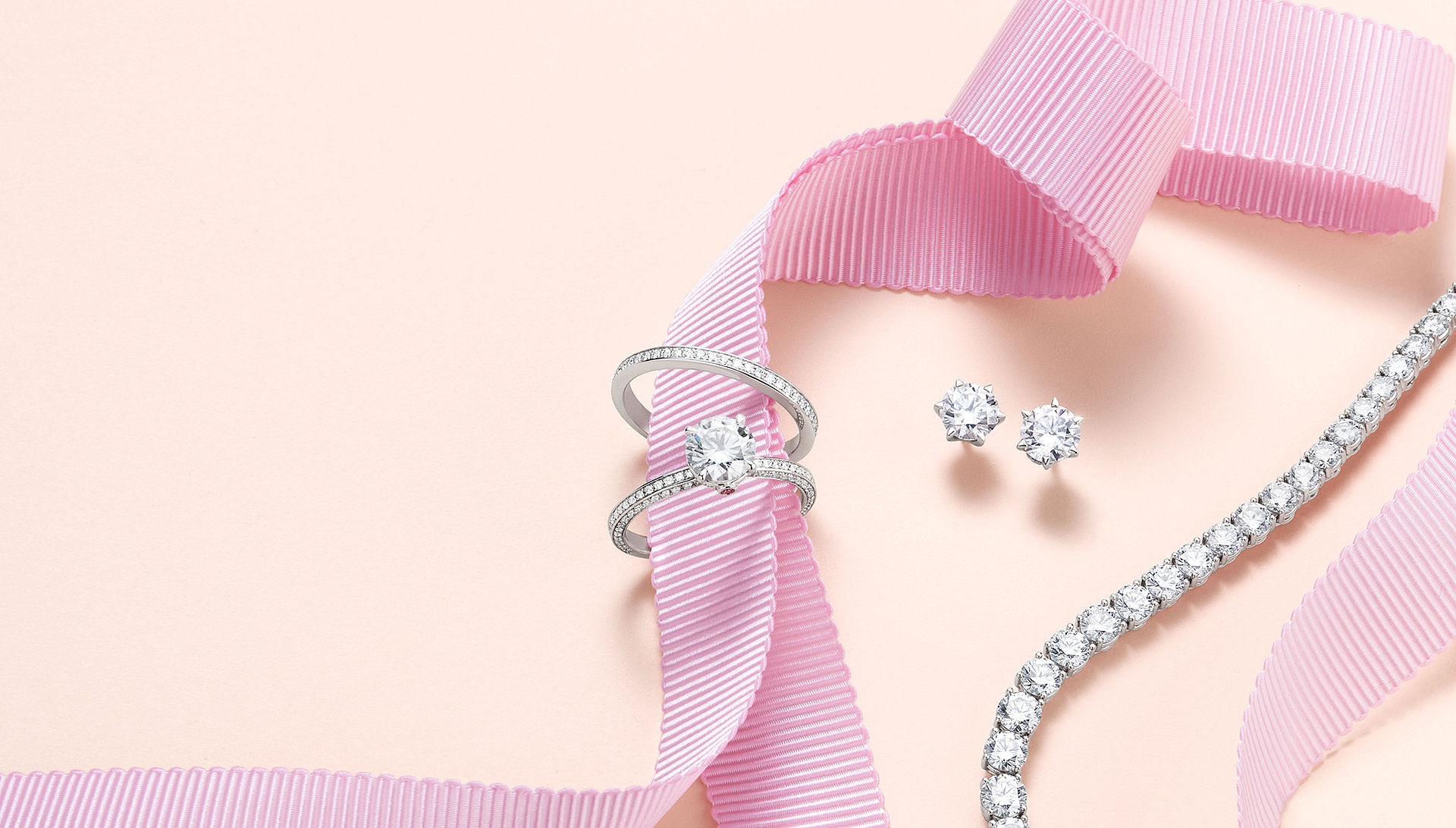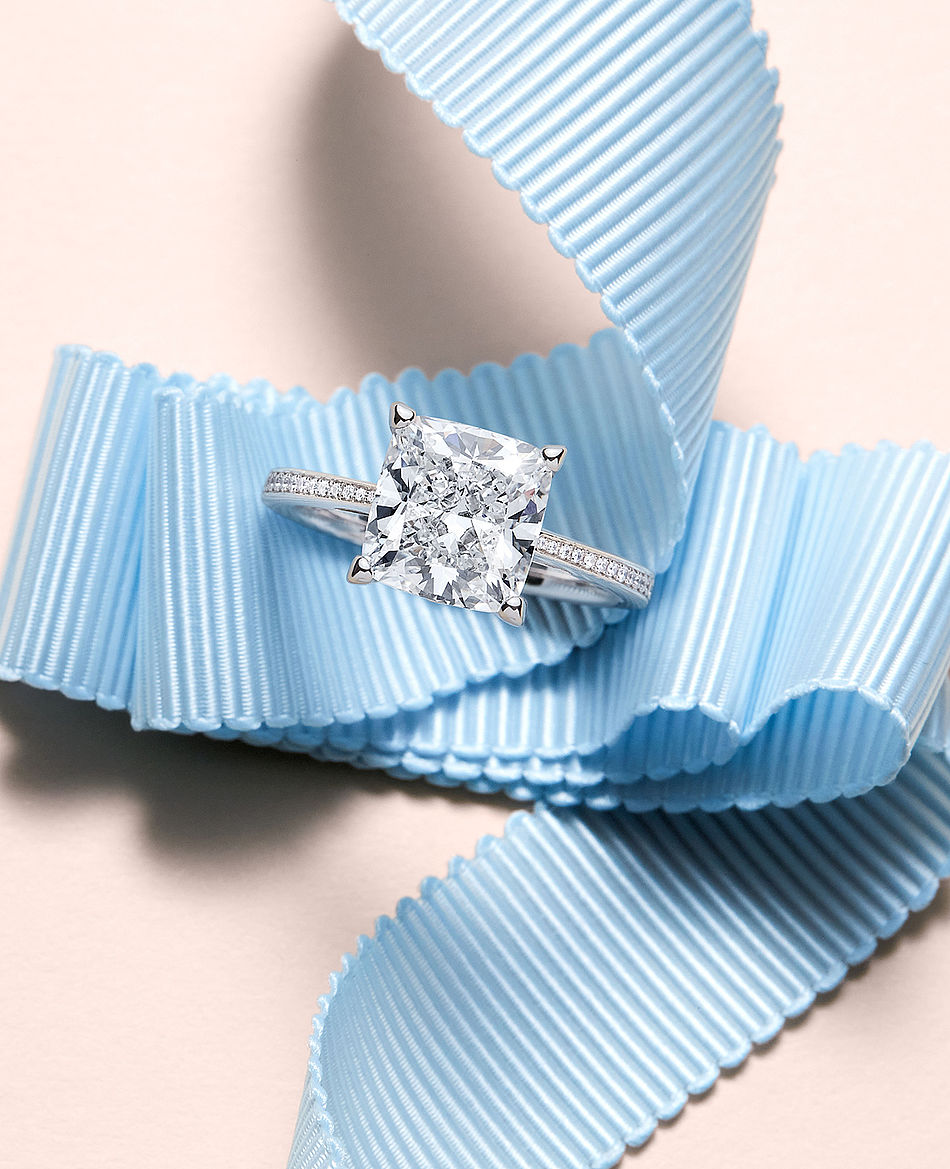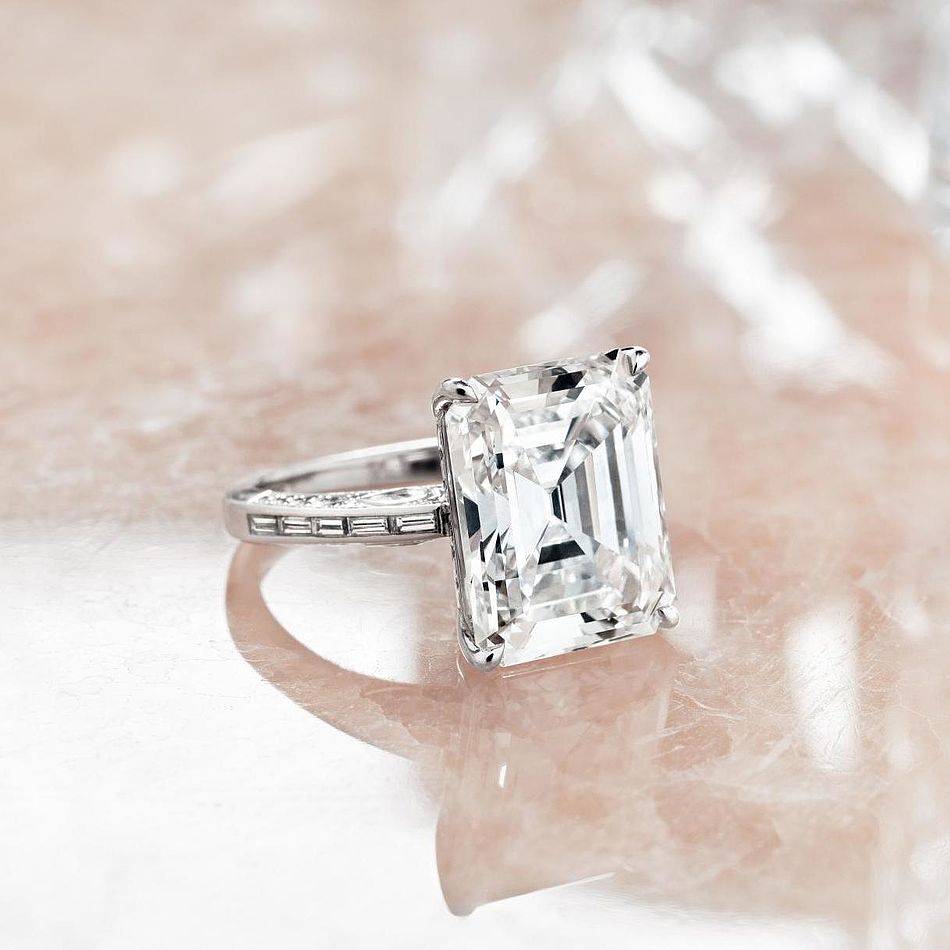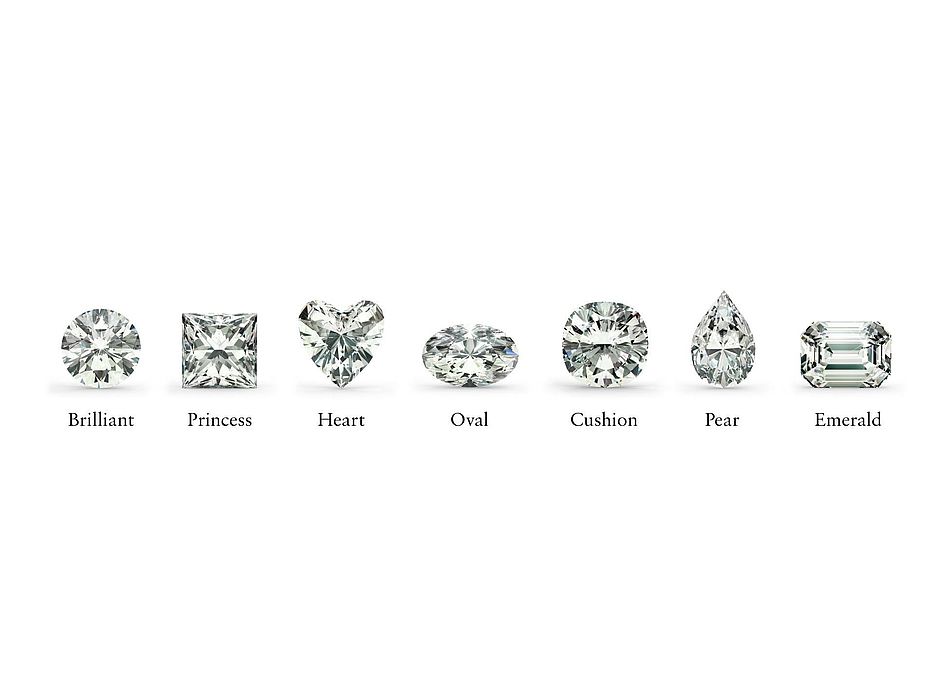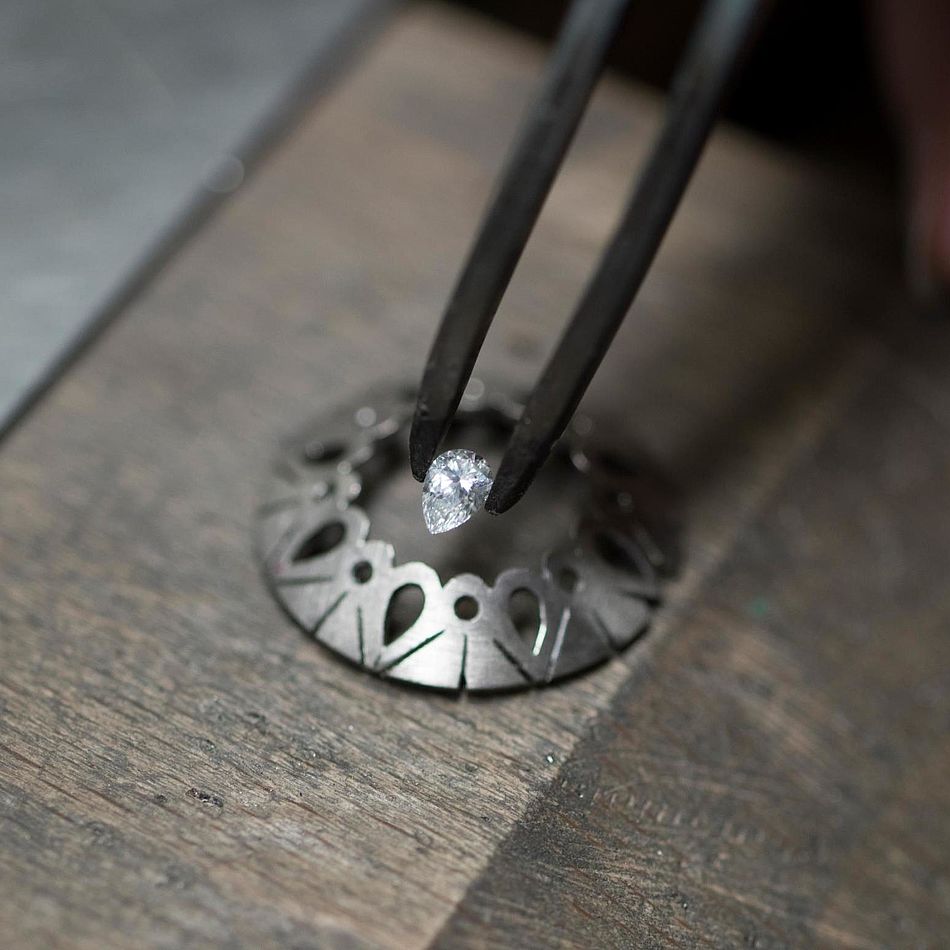Finding
The right Gemstone
Buying an engagement ring can seem a daunting task. But with some background knowledge, you will be prepared to voice your wishes in the jewellery boutique, discuss certain important quality criteria with its staff and receive the best service possible while choosing the perfect engagement ring. With diamonds, there are four major aspects that influence their value and should be considered, the so called four C’s. Although these criteria stem from the value determination of diamonds, they are no less important when judging coloured gemstones. The one additional factor for coloured gems will conclude this brief journey into the world of gemstone valuation.
The
Carat
The origins of the carat measurement can be traced back to the seed of the carob tree, which served as a weight unit on oriental bazaars. At the beginning of the last century, the Europeans agreed to the standard metric value. Usually abbreviated ct, 1.00 ct equals 0.2 grams and is presented with two decimal places. The value of a diamond increases with the carat size and rarity. It comes as no surprise then, that a one-carat diamond is generally more valuable than four quarter-carat diamonds of the same quality.
The
Cut
Only a combination of perfect proportions, symmetry and polish achieves maximum brilliance in gemstones. The cut of a diamond describes how it is faceted and is therefore of utmost importance. The round brilliant cut with at least 57 facets is considered ideal for diamonds. But oval, as well as heart, cushion and pear shape gemstones are also very popular. In the next section you will find more information about the topic of gemstone cuts and shapes. In accordance with the high Gübelin standards, only round brilliant-cut diamonds with an “excellent” cut grade, and an “excellent” or “very good” symmetry and polish are selected for our jewellery. All diamonds above 0.50 ct weight are accompanied by two reports, one from the Gübelin Gem Lab and one from the Gemmological Institute of America (GIA). Which cut you choose for your engagement ring can depend completely on preference.
The
Colour
When it comes to colour in diamonds, the discerning eye will distinguish minimal nuances which can greatly influence the value of the gem. The less visible the colour, the more valuable the gem. Diamonds are graded on a scale from D to Z, D being the highest and colourless. Medium and strong fluorescence, which is visible when exposed to ultraviolet light, can negatively affect the value of the diamond. For engagement rings, we suggest to pick a diamond with a colour grade between D and H and a fluorescence rating of “none” to “faint” or “weak”. For coloured gemstones of course, different systems are applied. The basic hue of the gemstone along with its tone, ranging from light to dark and its saturation, meaning the intensity of the hue, are observed.
The
Clarity
The clarity of a diamond is graded under tenfold magnification and describes the relative absence of inclusions and blemishes. Gübelin experts adhere to particularly strict guidelines when purchasing diamonds. They are to reject gems that display chipping as well as ones with inclusions that extend to the surface in order to avoid any possible fracturing of the diamond. Even in the case of inclusions, the experts take care that they are in a location that makes them barely visible. In general, Gübelin rejects diamonds with black inclusions. The clarity grades which are accepted by Gübelin range from “flawless” (FL) to “slightly included 1” (SI1) and we suggest you do the same when considering a diamond for your engagement ring. Again, this system is not applied in the same way for coloured gemstones since some inclusions can improve the value of a coloured gems value and allow for the determination of its origin.


